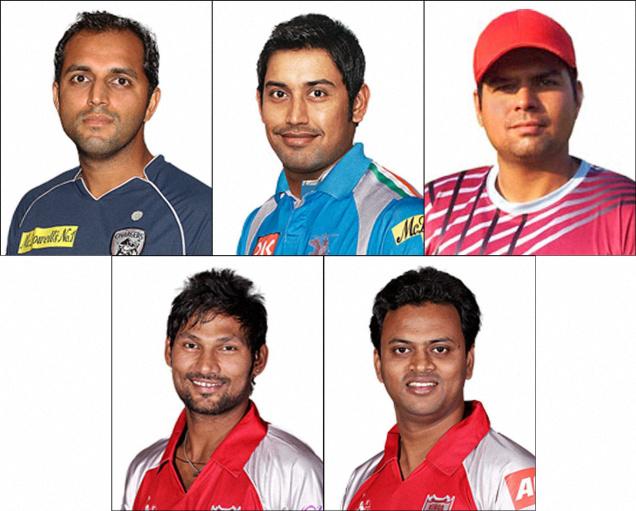
At the outset, it is plainly obvious that the India TV’s operation was inspired by the News Of The World expose in 2010, which saw three Pakistan players jailed over spot-fixing. But credit to the India TV producers who saw an opportunity for ratings and in their turn exposed certain wrongdoings in the domestic game. Let’s pat them on the back and allow them to bask in the glory. However, let’s also look at the wrongdoings in light of the other major incidents that have plagued the sport.
While the majority of cricket fans will point to the spot-fixing scandal from 2010, people over a certain age may remember Mohammed Azharuddin and Hansie Cronje who in 2000 were banned for their part in fixing matches. Not just a few no-balls or the like, but entire one-day internationals. Their bans, rightly imposed, made us realise that even the best among us can fall. Meanwhile, the BCCI statement following that investigation contained the words: “They will set an example for the future.”
Whatever the intended example was, it certainly has not been set, not hard enough anyway.
At the time of writing, the BCCI statement that came after the India TV expose had no such statement looking towards the future. Perhaps there is a realisation within the board that hollow words and false hope do not remedy a problem so it’s pointless to even try.
Which leaves the question, is no punishment harsh enough to prevent this corruption? Mohammed Amir, Mohammad Asif and Salman Butt were released much earlier than their scheduled prison terms called for. So after all the fallout from the “biggest scandal to hit cricket”, the perpetrators are let off early. Amir, to his credit, has accepted his guilt, and is seemingly moving on in the hope of one day resurrecting his playing career. However, Butt has raised claims of an appeal and has even insisted that he would have been proven innocent in a Pakistani court. Maybe this is the example we want to set?
In fact the latest BCCI bans are mostly for “bringing the game into disrepute through ‘loose talk and unsubstantiated bragging’”, culminating in one-year suspensions.
What baffles me is that TP Sudhindra, the highest wicket-taker of the 2011-2012 Ranji Trophy season, has been slapped with a lifetime ban for “Receiving a consideration to spot-fix” in a domestic game, but Shalabh Srivastava only got a five-year suspension for “agreeing to and negotiating terms to fix a match”. Has the BCCI decided that spot-fixing as the flavour of the month deserves a bigger punishment than fixing an entire match? That both incidents warrant punishment is true, but the apparent switch in priorities makes one again question the kind of example being set. Perhaps we need a repeat reminder of what it feels like when the captain/coach of your country is reduced to tears at a press conference.
I find TP Sudhindra’s case particularly interesting, as he reportedly gave up cricket twice to pursue his studies before joining the now defunct Indian Cricket League. A career littered with struggles, the story resonates with so many others from across the domestic circuit. It has been romanticised to an extent by Rajasthan opener Aakash Chopra in his book “Out of the Blue”, where he documents his side’s remarkable Ranji performances. He talks about so many players who have had to deal with unrelenting state governing bodies, family financial difficulties and personal hurdles, in order to make it to the elite level. There are thousands who are perhaps content with the rewards they earn, but I am not surprised that a small minority succumbs to the lure of quick money.

Bibhash Dash is a freelance sports journalist based in England. You can follow him on twitter: @bibhashdash




Comments
Add new comment